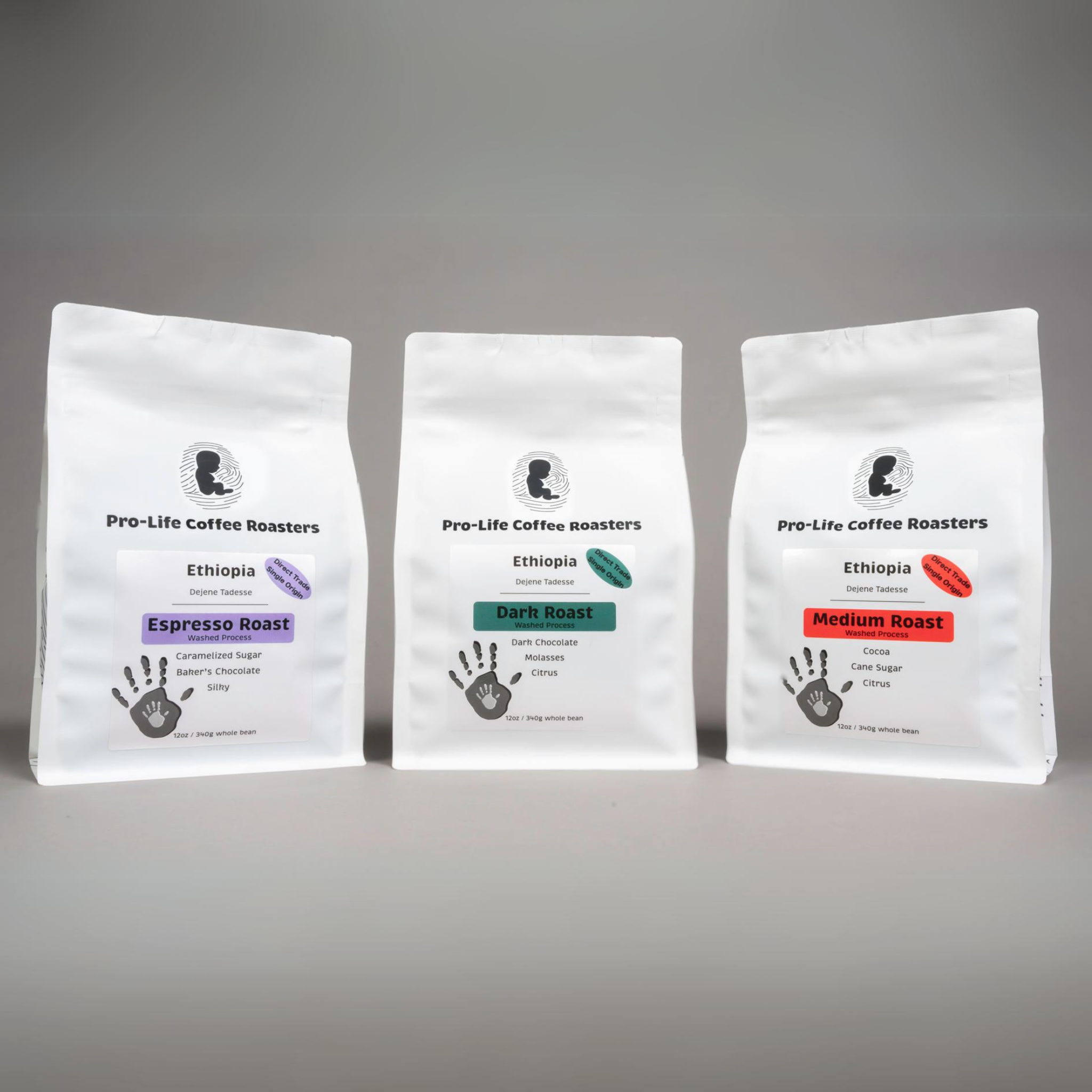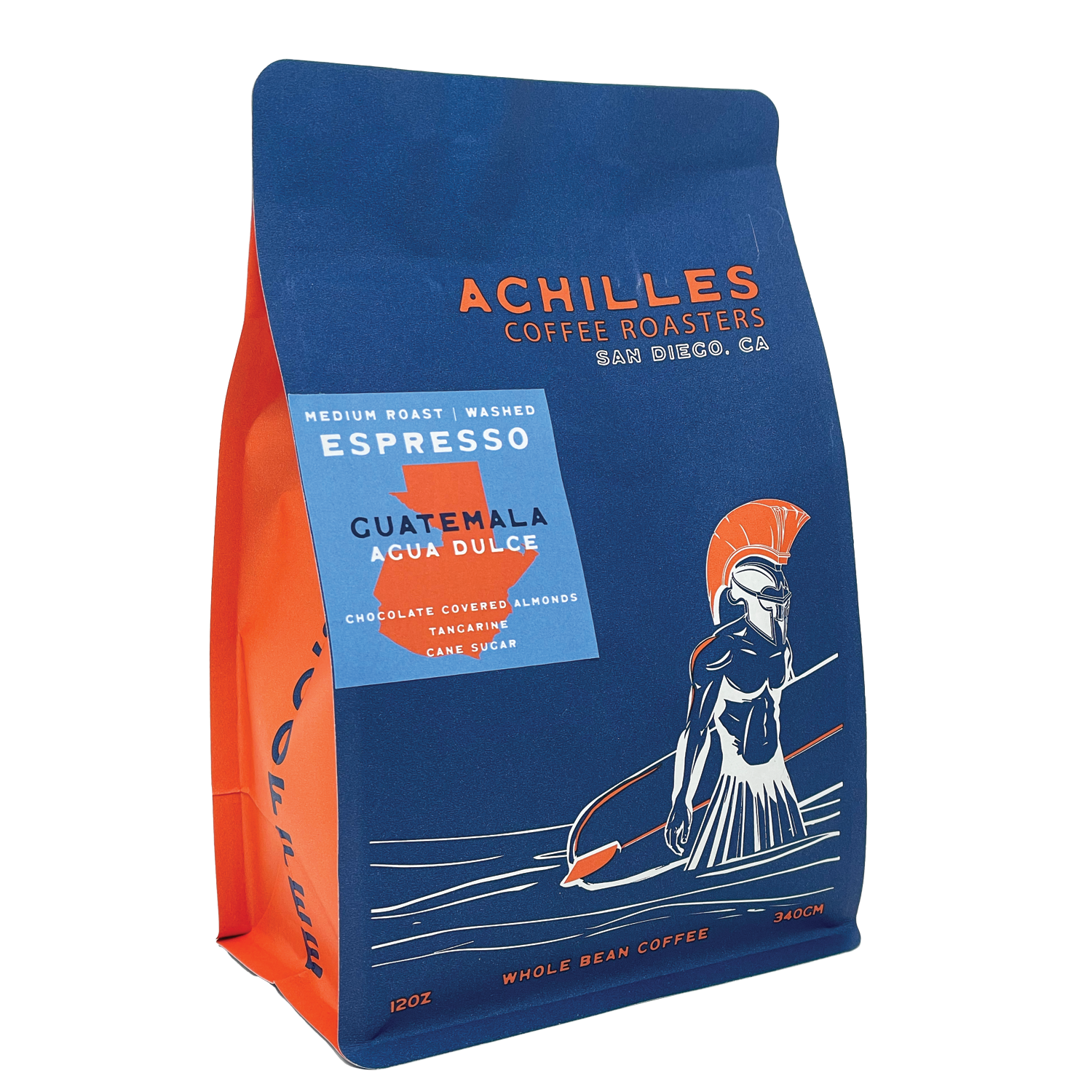Matching Food and Desserts with SOE Single Origin Espresso
Matching Food and Desserts with SOE Single Origin Espresso
Blog Article
Understanding Coffee Beans: the Trip From Espresso to Blended Coffee Beans

The Beginnings of Coffee: A Worldwide Perspective
While you may consider coffee as a modern-day staple, its origins map back centuries, intertwining with societies throughout the world. The tale begins in Ethiopia, where legend states a goat herder named Kaldi uncovered the energizing effects of coffee beans after noticing his goats frolicking vigorously after consuming them. This triggered interest, leading to coffee's spread to Arab traders that valued the brewed drink. By the 15th century, it reached Persia, Egypt, and Turkey, where coffeehouses ended up being social hubs for conversation and culture.
As trade paths increased, coffee made its means to Europe in the 17th century, quickly getting popularity. Each society included its unique spin to coffee prep work, improving its history.
Cultivation and Harvesting of Coffee Beans
As coffee's trip evolved, the emphasis moved to the cultivation and harvesting of details bean ranges, specifically those used for coffee. You'll find that espresso beans commonly originate from Arabica or Robusta plants, each offering distinctive tastes. The excellent expanding problems consist of high elevations and rich, well-drained soil, which enhance the beans' high quality.
During the harvest, selecting approaches vary. Timing is vital; you desire to gather when the cherries reach peak perfection for maximum flavor.
As soon as gathered, the beans are prepared for handling, which is necessary in identifying their final preference. Comprehending the cultivation and collecting processes offers you understanding into what goes into your favored espresso, enriching your gratitude for each mug.
Processing Techniques: From Cherry to Bean
Since you have actually learnt more about gathering coffee beans, let's explore just how those cherries transform right into the coffee beans you love. You'll see exactly how different harvesting methods effect taste, adhered to by the crucial steps of fermentation and drying. Finally, we'll damage down the milling and grading procedure that identifies your coffee's quality.
Collecting Techniques Clarified
When it comes to coffee, recognizing harvesting strategies is essential, since they directly impact the flavor and quality of the beans you delight in. Discerning selecting entails hand-picking just ripe cherries, guaranteeing you obtain the best high quality beans. Eventually, the selection of harvesting technique can greatly influence your coffee experience, so it's worth knowing just how those beans made it to your mug.
Fermentation and Drying
After harvesting, the next actions in processing coffee beans play a significant role fit their taste. You'll find that fermentation is vital, as it aids break down the mucilage surrounding the beans, boosting their preference profile. Relying on the technique, this process can last from a couple of hours to a number of days, with varying outcomes based on temperature and moisture.
Sun-drying permits the beans to absorb tastes from the environment, while mechanical drying out assurances regular wetness degrees regardless of weather condition. Proper drying is essential to stop mold and protect the beans' top quality, ultimately affecting your mug of coffee.
Milling and Grading Process
As fermentation and drying set the stage for flavor advancement, the milling and grading procedure guarantees that only the best coffee beans make it to your cup. This stage includes eliminating the outer layers of the coffee cherry, consisting of the parchment and husk. High-grade beans receive a higher grade, resulting in a richer coffee experience.
Roasting Methods: Unlocking Flavor Prospective
When you roast coffee beans, the approach you pick can drastically influence the taste profile. Understanding the connection in between time, temperature level, and toasting techniques is vital to revealing the potential of your brew. Let's discover just how these aspects integrated to create the perfect mug.
Toasting Techniques Discussed
While you might think that all coffee toasting techniques produce the same results, the fact is that each technique reveals unique flavor potentials in the beans. You can pick in between methods like drum toasting, air roasting, or perhaps standard pan roasting. Drum roasting makes use of a revolving drum to evenly disperse warmth, improving caramelization and creating a balanced flavor. Air roasting, on the other hand, circulates warm air around the beans, promoting a lighter roast with noticable level of acidity. Frying pan roasting permits hands-on control but calls for consistent focus to prevent burning. Each technique has its nuances, so explore various techniques can help you discover the excellent roast that straightens with your preference preferences. Delight in the journey of locating your suitable cup!

Effect On Taste Profile
Various roasting approaches not only affect the procedure but likewise greatly impact the taste account of the coffee beans. When you select a light roast, you'll experience brilliant level of acidity and flower notes, showcasing the bean's origin. In contrast, a tool roast equilibriums level of acidity with sweetness, commonly disclosing chocolatey undertones. Dark roasts, on the other hand, draw out vibrant, great smoky flavors, sometimes masking the bean's special qualities. Each method reveals different oils and substances, causing a vast array of flavors. By trying out various roasting designs, you can discover which profiles resonate with your palate. Comprehending these nuances assists you value the virtuosity behind your mug of coffee, boosting your total experience with every sip.
Time and Temperature Aspects
To launch the full flavor capacity of coffee beans, both time and temperature during the roasting process play significant roles. When toasting, you'll discover that greater temperatures can quickly create tastes, but if you rush it, you could wind up with charred notes. Conversely, reduced temperature levels allow for a more steady flavor development, showcasing the beans' one-of-a-kind attributes.

Timing is equally as important; extending the roast too long can cause a loss of acidity and illumination, while also short a roast could leave the beans underdeveloped. Finding that pleasant spot needs practice and trial and error. By changing these variables, you can reveal the abundant, intricate flavors concealed within each bean, producing an absolutely impressive coffee experience.
The Art of Blending: Crafting Unique Coffee Accounts

Beginning by picking a base coffee that supplies a solid foundation. After that, pick corresponding beans to boost particular flavor notes. As an example, a brilliant Ethiopian bean can bring fruitiness, while an abundant Brazilian coffee includes body. Trial and error is essential-- do not be scared to change proportions up until you discover your suitable account.
As you mix, bear in mind that each mix narrates. You're not simply making coffee; you're developing an experience. So, take your time, taste regularly, and appreciate the journey of discovering your signature mix.
Developing Methods: How Prep Work Influences Taste
Mixing coffee opens up a domain name of taste opportunities, yet exactly how you make that blend can substantially influence your last cup. Different brewing methods draw out distinct tastes and fragrances, so it's vital to choose sensibly. A French press permits debris and oils to stay, developing a rich, robust experience. On the other hand, a pour-over highlights the coffee's clarity and brightness, perfect for showcasing fragile notes.
Coffee, with its high pressure, creates a focused shot that accentuates sweet taste and crema. If you Click This Link prefer a lighter mixture, think about a chilly mixture approach; it yields a smooth, less acidic taste.
Ultimately, trial and error is key. Readjusting variables like water temperature, grind size, and make time can change your coffee's profile. Embrace the art of developing to uncover the flavors hidden in your coffee blends. The right method can raise your experience to new heights.
The Future of Coffee: Sustainability and Technology
As the coffee sector evolves, sustainability and development are becoming essential for addressing environmental challenges and meeting consumer needs. You'll discover that even more coffee firms are taking on green methods, from sourcing beans fairly to carrying out sustainable farming strategies. These changes not just help the world yet additionally improve the high quality of the coffee you take pleasure in.
You might see developments like naturally degradable product packaging and water-saving developing approaches that lower waste. Advanced innovation, such as blockchain, is also coming to be preferred, making certain transparency in the supply chain, which enables you to map your coffee back to its beginnings.
In enhancement, investing in neighborhood neighborhoods and supporting farmers with reasonable trade campaigns cultivates a much more lasting coffee environment. As you sip your following cup, keep in mind that your choices can contribute to a brighter future for coffee. By choosing sustainable brand names, you're not just delighting in a drink; you're making a positive effect on the world.
Regularly Asked Questions
What Is the Difference In Between Arabica and Robusta Beans?
Arabica beans are smoother, sweeter, and have a higher level of acidity, while robusta beans are more powerful, much more bitter, and consist of even more high levels of caffeine. When making your coffee., you'll see these differences in taste and scent.
Exactly How Does Altitude Affect Coffee Bean Flavor?
Elevation influences coffee bean taste substantially. Higher altitudes produce beans with brighter acidity and complex flavors, while reduced elevations commonly produce beans that go to my site are larger and much less nuanced. You'll observe these differences in your cup!
What Are the Health And Wellness Perks of Alcohol Consumption Coffee?
Consuming coffee can increase your power, improve psychological focus, and also enhance physical performance. It's rich in antioxidants, might decrease the threat of specific diseases, and can advertise a much healthier metabolic process when consumed in small amounts.
Can Coffee Beans Be Recycled for Developing?
Yes, you can reuse coffee beans for developing, but the taste could be weaker. If you appreciate trying out, try reusing them in various means, like cool brews or contributing to healthy smoothies for an additional kick.
Exactly how Should I Store Coffee Beans for Quality?
To keep recommended you read your coffee beans fresh, store them in an impermeable container in an amazing, dark area. Avoid subjecting them to moisture, heat, or light, as these elements can swiftly weaken their flavor and fragrance.
Recognizing Coffee Beans: the Trip From Coffee to Blended Coffee Beans.
Currently that you have actually discovered about gathering coffee beans, let's explore how those cherries transform into the coffee beans you enjoy.When you roast coffee beans, the technique you choose can dramatically affect the flavor account - Single Origin Espresso.While you might assume that all coffee roasting techniques generate the same outcomes, the fact is that each method discloses special flavor potentials in the beans.Various roasting methods not just affect the process yet likewise significantly influence the taste account of the coffee beans
Report this page